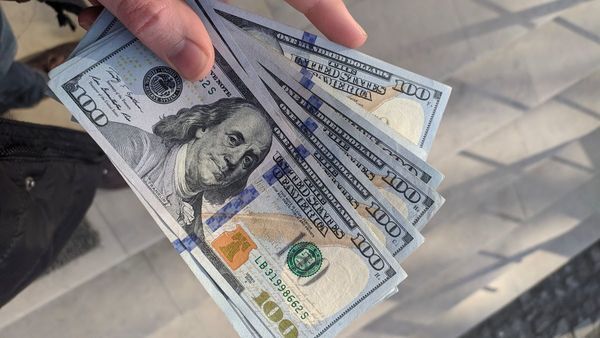Twitter This
When most people in a country have problems buying food or paying rent, the result is a toxic situation for a society that can quickly turn into riots and civil war.

Capital Thinking · Issue #967 · View online
“Hyperinflation is happening” was a recent Tweet done by Jack Dorsey.
Jack Dorsey is Worried about Hyperinflation: What is the Way Out?
by Christian Soschner| DataDriven Investor:
The fear of the hyperinflation animal is back in society before the pandemic inflation rates in Europe and the United States were relatively stable with about 1 to 2%.
It was back in the late 70s and early 80s that the society in Europe and the US experienced inflation rates north of 10%.
In the 90s, after the Berlin Wall fell, a few European countries like former Yugoslavia and Romania experienced phases of Hyperinflation, but this is all history for more than 20 years.
Everybody born after 1990 in the United States experienced the exact contrary thanks to moving many industries to Asia. Prices of tech products were pretty stable over the last two decades or became cheaper over time.
What is Hyperinflation?
Investopedia describes Hyperinflation as:
Hyperinflation is a term to describe rapid, excessive, and out-of-control general price increases in an economy.
While inflation is a measure of the pace of rising prices for goods and services, hyperinflation is rapidly rising inflation, typically measuring more than 50% per month.
The causes of Inflation, generally speaking, are threefold:
- Increase of money supply by the government — what we have seen since March 2020
- Supply shock creates increasing prices, which is also a factor that some people see at the moment due to the disruptions in the supply chain or
- A surge in demand that supply cannot keep up with
All three situations lead to increasing prices, which means that people can buy less stuff given a fixed salary.
Usually, it is a slow process, and many employment contracts in Europe have that factored in and force the employer to adjust the salary to rising prices.The problem of Hyperinflation is that it occurs so quickly that the adopting mechanisms can’t catch up.
Why is it problematic?
Think about the situation in Argentina or Venezuela. These two countries have experienced Hyperinflation in recent years.
Argentina has an inflation rate between 40–50 percent currently. What does that mean in reality:When you have 10,000 dollars in your bank account today, all prices will double in the next 12 months, and it means that you get half the goods for the same amount of money — every year.
To put it bluntly: Your 10,000 dollars in 2021 are worth 5,000 dollars in 2022, 2,500 in 2023, 1,250 in 2024, 625 in 2025, and so forth, and so on.
Do you think that is tough? Think again.
In 2018 Venezuela had an inflation rate of more than 65,000% in one year. In practical terms, people cannot purchase a loaf of bread in the evening with the monthly paycheck they collected in the morning.
When most people in a country have problems buying food or paying rent, the result is a toxic situation for a society that can quickly turn into riots and civil war.

